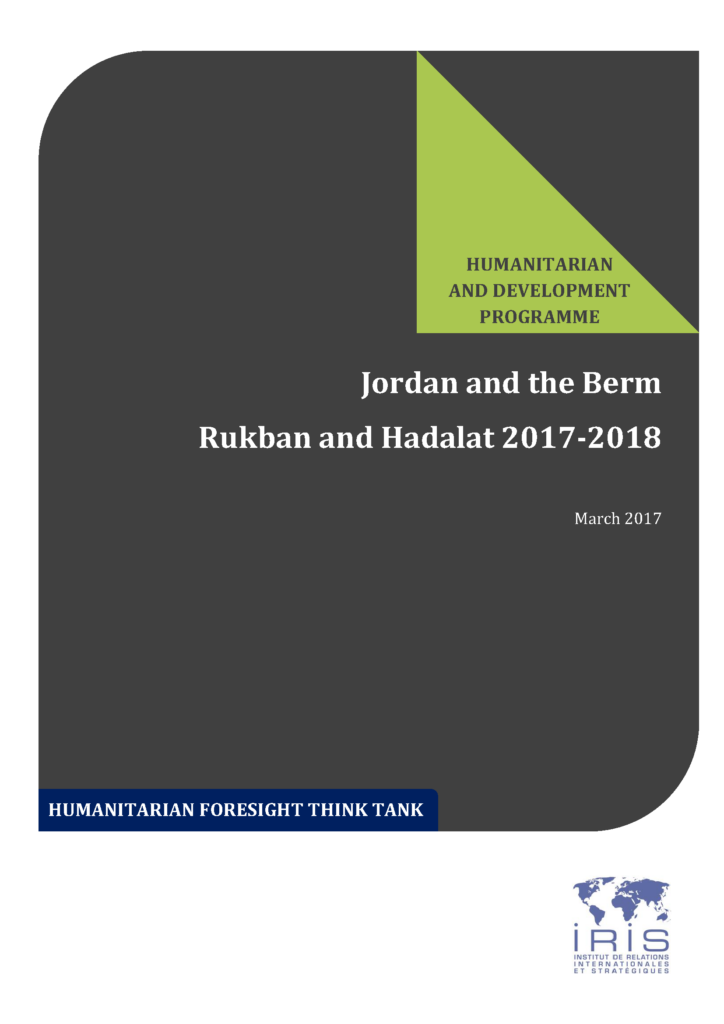Notes / Human Security
31 March 2017
Jordan and the Berm. Rukban and Hadalat 2017-2018

Since the Syrian conflict began in 2011, civilians have sought asylum in neighbouring countries. During the first two years of the war, like Lebanon and Turkey, Jordan welcomed hundreds of thousands of refugees inside its borders. However, in mid-2013, the country began to enact more severe border policies, restricting access first along western parts of its border, and then in mid-2014 along the eastern part that had remained the last point of transit into the country. This led to a severe humanitarian situation for the thousands of asylum seekers who arrived at Jordan’s border fleeing airstrikes. Though traffic across the border slowed dramatically, Syrians from Hama, Aleppo, Deir Ezzor and Dara’a began to arrive at the barren double mounds of dirt delineating Syrian and Jordanian borders, known as the ‘berm’, in far greater numbers by October 2015.
The surge in government and Russian-led aerial bombardments, coalition airstrikes and the expansion of the Islamic State in these parts of the country contributed to the influx. People settled into two informal encampments in a ‘demilitarized zone’ (DMZ) between Jordan and Syria at the northern Rukban and southern Hadalat crossings, along two manmade dirt border demarcations called the ‘berm’. Conditions in the camps have and continue to be severe, as the land there boasts neither trees nor vegetation and is host to severe winters and summers. Although it is clear that a significant proportion of the population fluctuates due to conflict or aid provision, nevertheless, by late 2016 the population climbed to 85,000 people across both camps.

